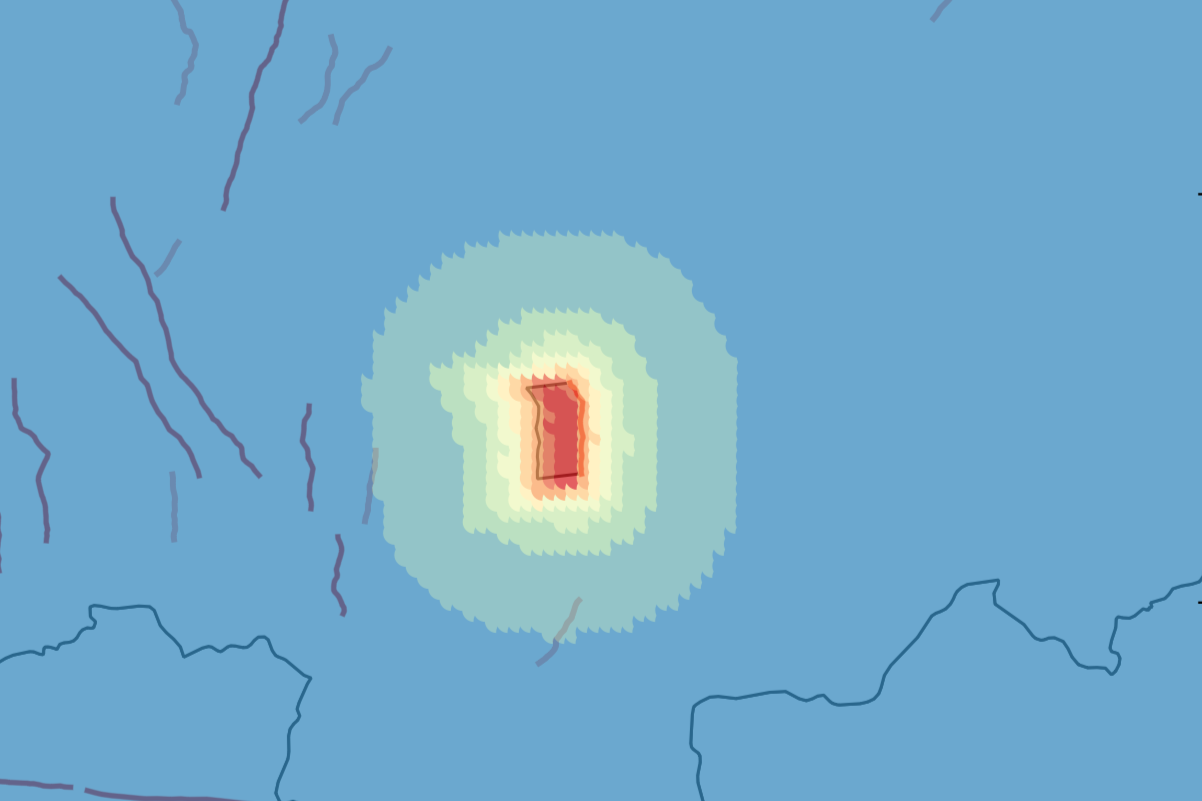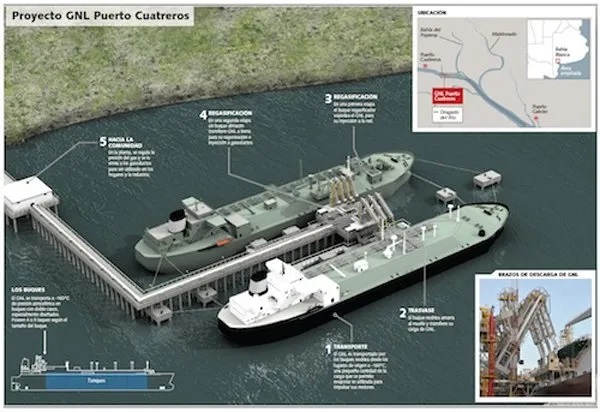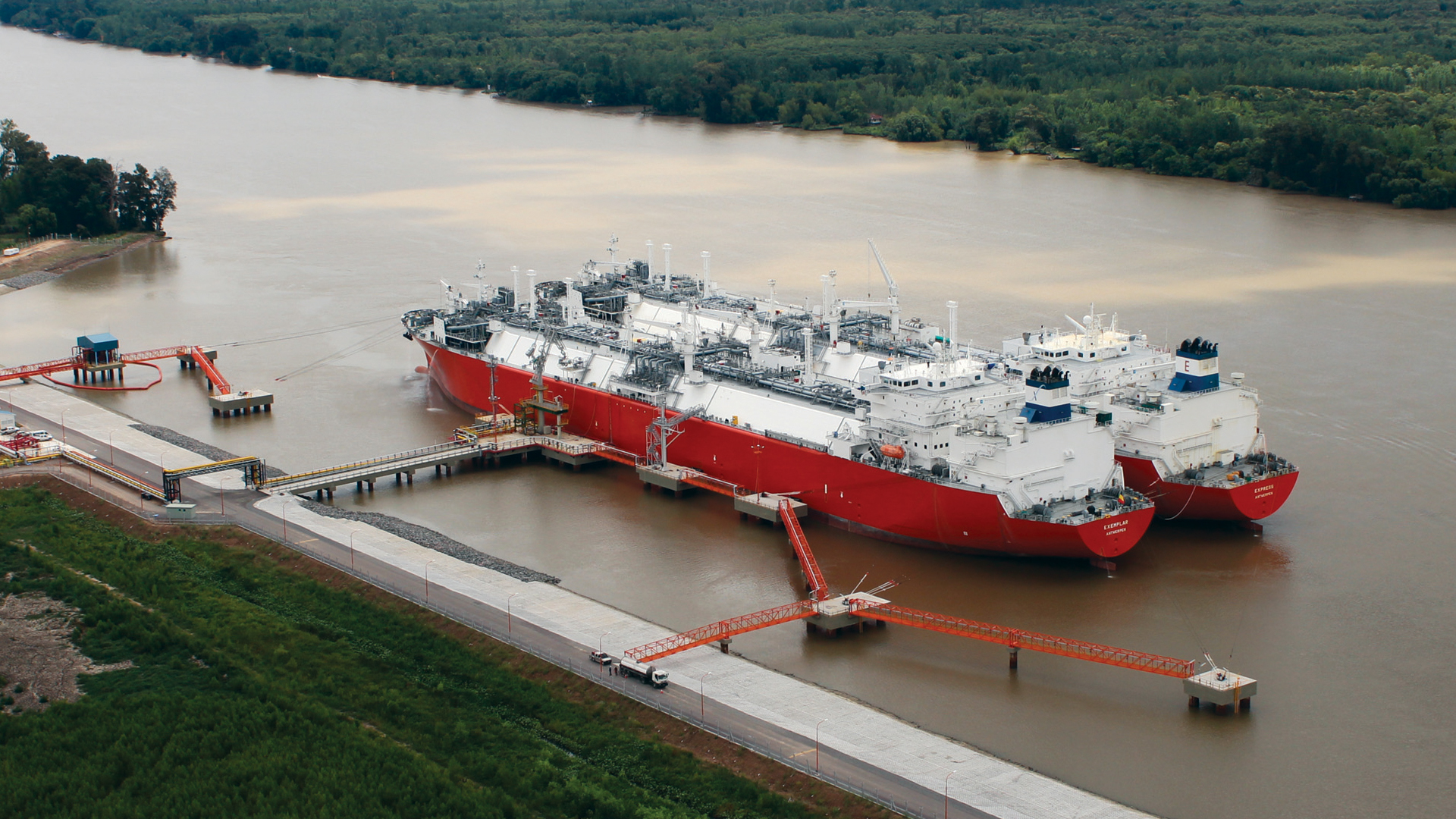Recent seismic events around the world have shown the need to develop procedures for the analysis, design and construction of earthquake-resistant structures that lead to a more predictable and reliable response. At VIT Ingeniería we partner with public and private clients alike in order to reach satisfactory designs by implementing performance-based design procedures.
Seismic hazard and risk analysis: Given a site, there is great uncertainty regarding the location and magnitude of seismic events that could occur during the service life of a structure, as well as what the ground motions would look like. A seismic hazard analysis lets us know the probability of experiencing a potentially destructive ground motion. This is a fundamental step towards defining the design loads that shall be considered. A risk analysis, meanwhile, allows for the probabilistic evaluation of the effects those ground motions could have on a given structure or built environment.
Design earthquakes: Attesting that the design goals are being met in terms of performance objectives requires an explicit evaluation of the structural response against seismic events. However, the selection of ground motions to that end is not trivial. This “design earthquakes” depend on the site, the structural properties, and the demand parameters and design objectives under study.
Our research activity in this area can be found in the Publications page.
- Dams – Honduras
- Regasification facility – Puerto Cuatreros
- Regasification facility – Escobar
- Central Térmica Santa Lidia
- Hydrogen plant – Tabasco
- Lázaro Cárdenas del Río refinery
- San Alberto gas plant
Client: Lombardi Group.
VIT Ingeniería performed the deterministic and probabilistic seismic hazard analyses required for obtaining the seismic design parameters for four (4) dams in Honduras. Different suits of three-component ground motions were scaled and selected to be used as an input for conducting nonlinear response history analyses at each site.
Client: YPF S.A.
The LNG (liquefied natural gas) Terminal Puerto Cuatreros, in Bahía Blanca, is project that envisions the storage and regasification of natural gas to feed Argentina’s power grid. Raúl Bertero performed the probabilistic analysis of the seismic demand at the site considering the influence of short and long distance earthquakes, as well as the attenuation and propagation of the seismic waves. Based on performance goals, the design spectrums were provided to the client.
Client: YPF S.A.
The LNG (liquefied natural gas) Terminal Escobar, with a 130m dock allows for the storage and regasification of natural gas that feeds Argentina’s power grid. Raúl Bertero performed the probabilistic analysis of the seismic demand at the site considering the influence of short and long distance earthquakes, as well as the attenuation and propagation of the seismic waves. Based on performance goals, the design spectrums were provided to the client.
Client: Skanska.
Raúl Bertero led the analysis of the liquefaction potential of the soil due to seismic events at the site of the Santa Lidia thermal power plant, in Chile.
Client: Skanska.
Raúl Bertero led the analysis of the liquefaction potential of the soil due to seismic events at the site of a hydrogen plant in Tabasco, Mexico.
Client: Skanska.
Raúl Bertero led the analysis of the liquefaction potential of the soil due to seismic events at the site of the Lázaro Cárdenas del Río refinery.
Client: Skanska.
The San Alberto gas plant, in Bolivia, is a natural gas plant than then exports to Brazil. Raúl Bertero led the determination of the seismic and wind loads for the project, comparing against local and international codes. A probabilistic analysis of the liquefaction potential was carried out as well, based on the geotechnical characteristics and the seismic demand.






